When your MacBook starts hesitating, apps take a beat to open, or you can’t install anything new, it means your storage drive has run out of space. macOS needs free storage, and once your system drops below a reasonable margin, it suffers with performance. Thankfully, macOS offers a few built-in ways to check and free up storage, and some routine cleanup can restore your system’s speed without much effort. Below, we’ll show the most effective ways to free up disk space on your Mac.
Check Your Available Storage First
Before you do anything to clear out space, check how your disk is being used. The system provides a breakdown that shows which categories, including apps, photos, system files, and media, are taking the most space.
Follow these steps to check:
- Open the Apple menu.
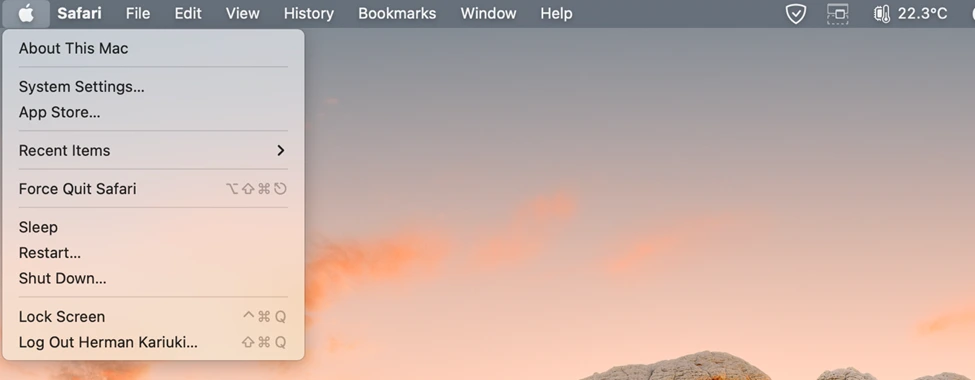
- Go to System Settings and select General.
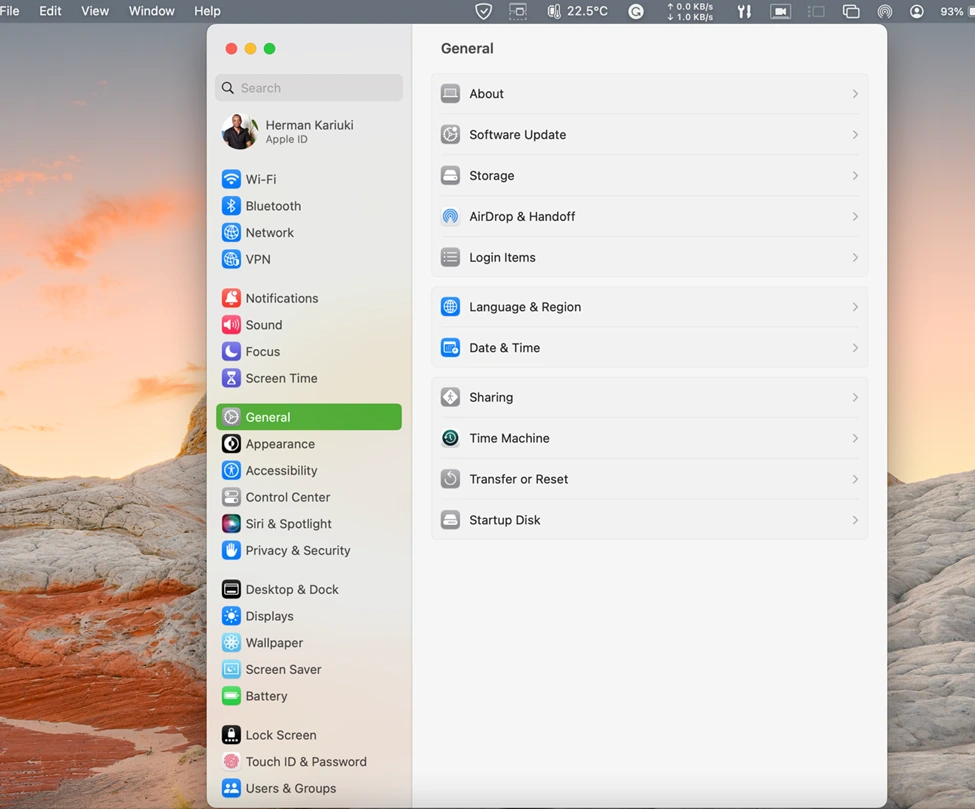
- Click the Storage tab.
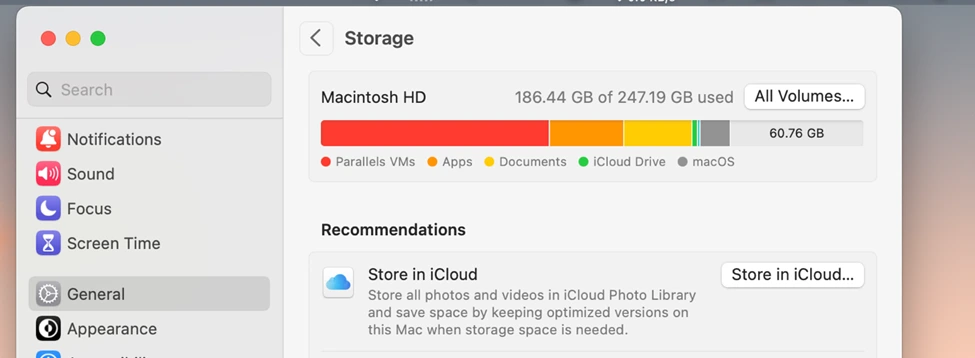
You’ll see a color-coded bar and a detailed list of categories where you can find the biggest storage drains.
Use macOS Built-In Optimization Tools
macOS includes automated storage tools that handle cleanup tasks many users never get around to. They can remove unused files, upload media to iCloud, and delete temporary items.
To open them:
- Click on the Apple icon to open the menu.
- Go to System Settings > General > Storage.
- Review the recommendations at the top of the window.
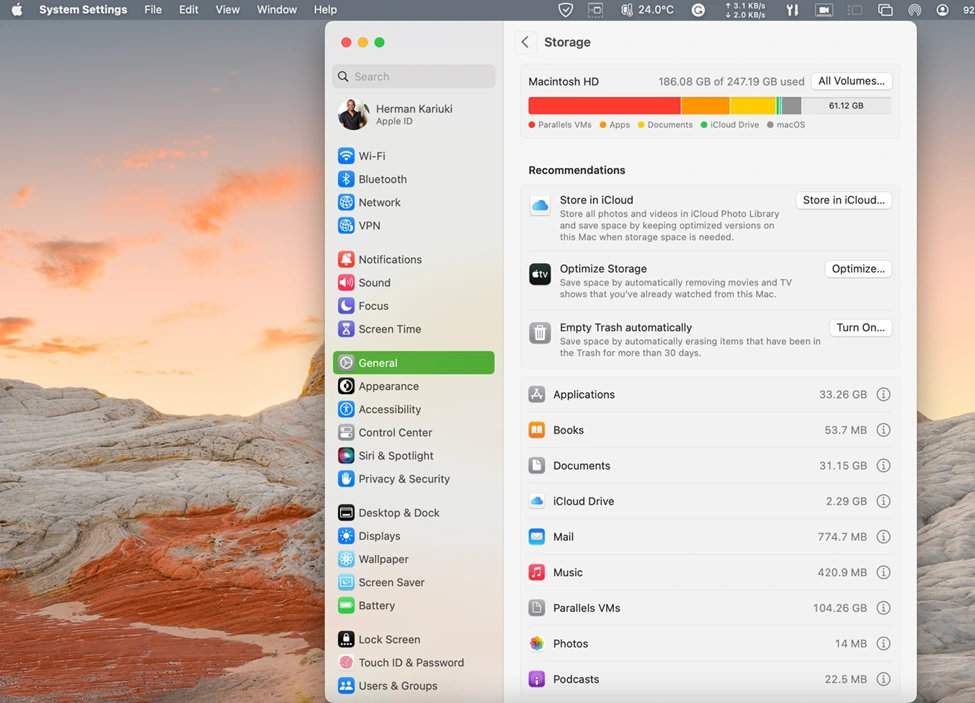
Depending on your setup, you may see options such as empty trash automatically, reduce local clutter, clear Apple TV downloads, or offload content to iCloud. These features are a great way to free space with no need for a manual search through your files.
Clear Browser Cache and Other Temporary Data
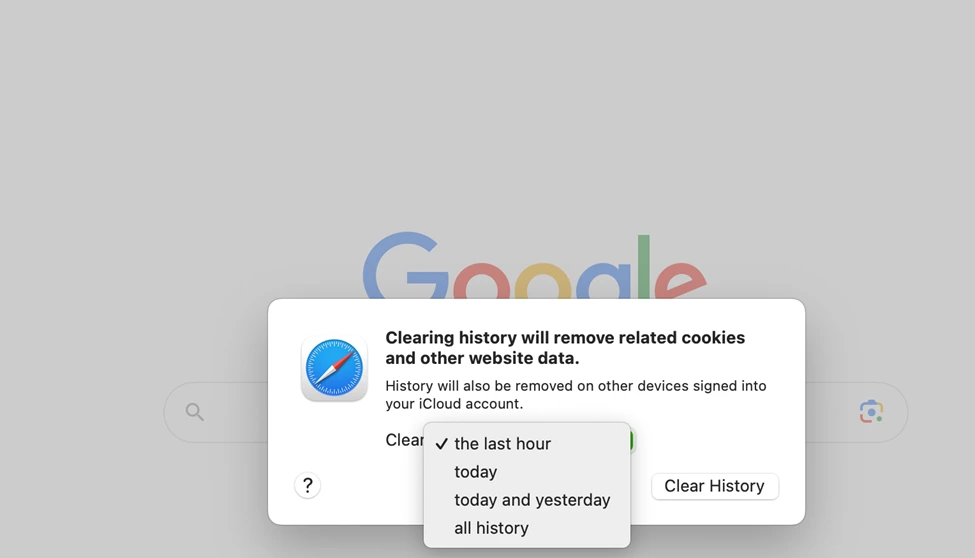
Every browser, like Safari, Chrome, and Firefox, stores caches and cookies in your system to improve overall browsing speed. Over time, these files grow large enough to impact available disk space. Clearing them won’t affect your actual documents or bookmarks, as you only delete temporary web data. Open your browser’s settings, go to the History or Privacy section, and delete all cached files and cookies. If you browse heavily, this alone can reclaim a surprising amount of storage.
Move Large Files to iCloud
If your Mac is packed with photos, videos, or documents you don’t want to delete, iCloud is an easy offload choice. macOS can automatically store originals in the cloud and keep small, optimized versions locally.
Enable it by heading to: Apple menu > System Settings > Apple ID > iCloud and then turn on iCloud Drive and, if required, Optimize Mac Storage. The only limitation is that you’ll need to buy more iCloud space if the data you want to store contains a large media library.
Remove Duplicate Files
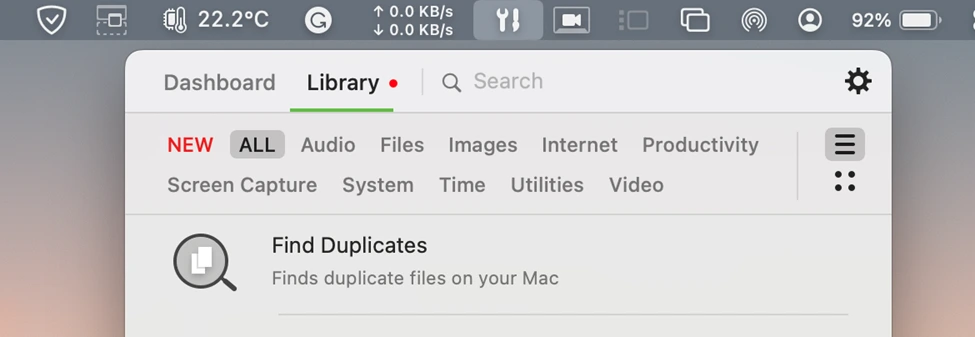
Duplicate files accumulate easily—multiple downloads of the same attachment, repeated exports, or manually saved copies in different folders. These duplicates mostly take far more space than users realize. You can search these files yourself, but dedicated cleanup tools are very effective to scan and find duplicate files across your drive, and they also keep your data clean and managed.
Archive or Offload Large Media Files
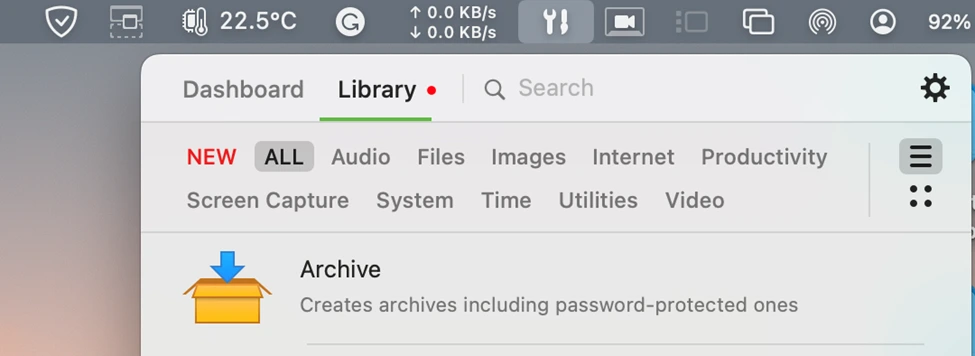
High-resolution photos, 4K video, and large project files consume a lot of space. If you don’t want them every day, move all the media to an external drive or a cloud archive to give your Mac companion breathing room. You can later access your files whenever you need. It’s especially a better way for creators, photographers, and anyone who has to deal with big size project files.

